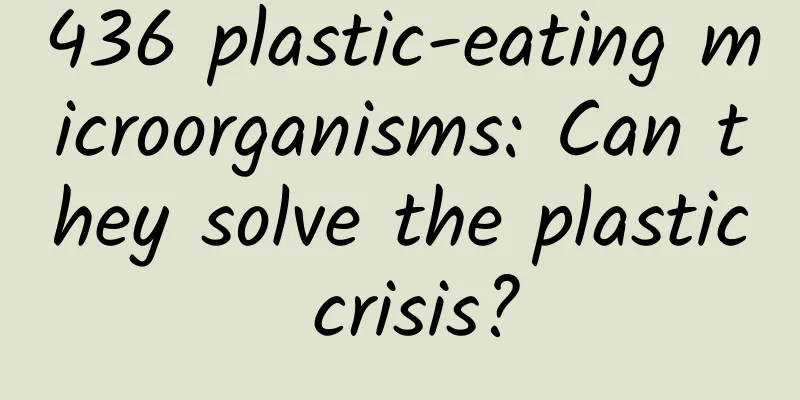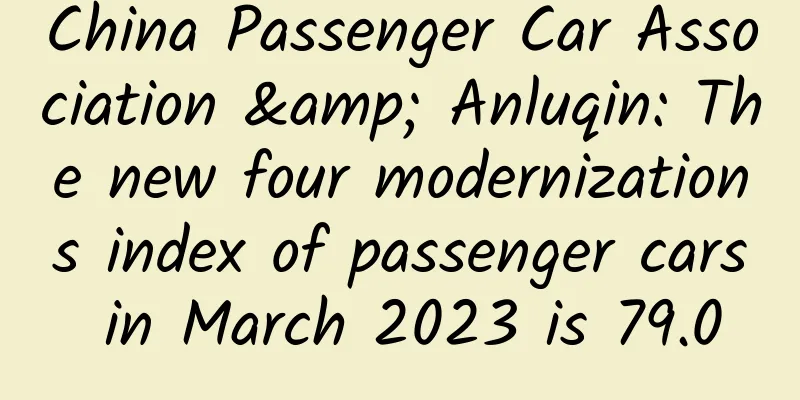436 plastic-eating microorganisms: Can they solve the plastic crisis?

|
In forests, some fungi attach themselves to trees, eating wood and releasing carbon dioxide. A new study has found that if there is no wood to eat, they will even eat plastic ! The study that discovered the good appetite fungus comes from PLOS One. The picture shows hardwood corroded by fungi. | Prameesha Perera The plastic-eating fungus is a white-rot fungus that uses specific enzymes to break down lignin , an essential molecule in trees that helps them maintain their rigidity and resist rotting. The researchers thought, since white rot fungi can even decompose decay-resistant lignin, could they be used to corrode other polymers, such as plastics? Plastic that doesn’t taste good is barely edible For the study, the researchers isolated 50 fungal samples from decaying hardwood found in a forest reserve in Sri Lanka and placed the fungi in two batches of petri dishes, one containing low-density polyethylene (a type of plastic) and the other containing a mix of plastic and wood. After 45 days, the researchers found that the white rot fungi had a clear preference for wood over plastic . But in the petri dish with only plastic, the fungi still broke down the polyethylene. Fungal mycelium growing on a plastic sheet during an experiment. | Harshini Herath Without wood to eat, can you still starve to death? Plastic is not tasty, but you can still survive by swallowing a few bites. Fungi have to use whatever is available to them to survive in their harsh environments, which the researchers see as an evolutionary advantage. Coastal areas are home to a treasure trove of microorganisms White rot fungi are not the only microorganisms that can eat plastic. Another new study found that there are also many bacteria and fungi that can degrade plastic in the salt marshes along the coast of Jiangsu, my country. The research team identified 184 fungi and 55 bacterial strains that can break down polycaprolactone (PCL), a biodegradable polyester that is used in medicine to make absorbable sutures. In addition to eating PCL, some of the microorganisms here can further degrade other petroleum-based polymers, such as polypropylene, which is often used to make food packaging bags. Researchers believe that the plastic circle in the land-ocean transition zone may be rich in microorganisms that utilize plastics, making it a resource for screening plastic biodegraders. Reference [3] 436 microorganisms that degrade plastics According to data from the United Nations, humans produce 400 million tons of plastic waste every year. In order to deal with plastic pollution, some researchers have placed their hopes on microorganisms that can degrade plastic. So far, 436 species of bacteria and fungi have been discovered that can degrade plastic . There are more than 140,000 species of fungi in the fungal kingdom, and there may be millions of species that have not yet been discovered, and there may be some fungi that eat plastic. However, the new research is still in its "infancy" and is still a long way from truly using fungi to degrade plastics. It can only be considered a potential solution. If we let microorganisms eat plastics "naturally", it may take thousands of years. Some scientists also believe that we need to find the "preferred species" among microorganisms that eat plastics, and then accelerate the evolution of the individual genes of these microorganisms to complete the arduous task of solving plastic pollution. If this day really comes, it is unknown whether other problems will arise. References [1]Perera P, Herath H, Paranagama PA, Wijesinghe P, Attanayake RN (2023) Wood decay fungi show enhanced biodeterioration of low-density polyethylene in the absence of wood in culture media. PLoS ONE 18(7): e0288133. https://doi.org/10.1371/journal.pone.0288133 [2]Plastic-eating fungi could help take a bite out of Earth's rampant pollution crisis, study suggests https://www.livescience.com/planet-earth/plastic-eating-fungi-could-help-take-a-bite-out-of-earths-rampant-pollution-crisis-study-suggests [3]Pang, G., Li, [4]Plastic-eating fungi thriving in manmade 'plastisphere' offer exciting possibilities for tackling global waste https://www.kew.org/about-us/press-media/plastic-eating-fungi Author: Xiu Beng Beng Editor: Mai Mai This article comes from GuokrNature (ID: GuokrNature) If you need to reprint, please contact [email protected] Welcome to forward to your circle of friends |
<<: “Not Resting Until It Points South”: Tracing the Story of the Invention of the Compass
>>: Are the 12 zodiac signs romantic? I was devastated when I found out the truth!
Recommend
How to make money by creating content? 3 profit models for vertical community operations!
Three profit models of vertical communities: cont...
Don’t do these things within 30 minutes before doing nucleic acid testing!
#Don't drink hot water within 30 minutes befo...
Girl, why do you want to program?
As a girl, you can get a pair of blingbling nails...
Ling'er Investment Research Diary: Golden Pit Strategy, Buy Low and Win the Golden Pit
Ling'er Investment Research Diary Gold Pit St...
Remember! Do not perform time-consuming operations in the UI main thread
question Since the release of Android Ice Cream S...
Why do we have to rack our brains to predict protein structure?
Did you know that there are hundreds of thousands...
How much does Baidu SEO cost? How much does it cost to optimize a ranking number one?
Baidu is a unique search engine in China. It is n...
Apple's new patented mobile phone uses a scroll screen. Netizens: It looks like an imperial edict
On June 19, Weibo blogger @科技喵 posted a post anno...
How to identify mini-programs using WeChat? WeChat Mini Program question: How to identify the QR code?
Q: How to identify mini programs using WeChat? We...
Huang Daozhu: A comprehensive analysis of traffic diversion from Douyin local accounts
Huang Daozhu: Douyin local account traffic analys...
Selling tickets is just the beginning. There is still a lot that "Internet +" movies can do.
Film has always been one of the industries closes...
What are the reasons that make whole grains synonymous with health?
Eating too much white rice and white flour will n...
How Pinduoduo improves user purchase conversion rate!
1. Definition of Purchase Conversion Rate Convers...
A "new" fish was discovered in the Yangtze River? Good news for the "old" fish as well →
We have discovered a new Yangtze River elf! Accor...
A comprehensive analysis of Tmall’s Double 11 e-commerce operations in 2021
Starting from 2019, Double Eleven no longer refer...






![Upgraded XO Orgasm Training [Kama Sutra Classroom] - Li Ximo](/upload/images/67cc2ca0ba72f.webp)


